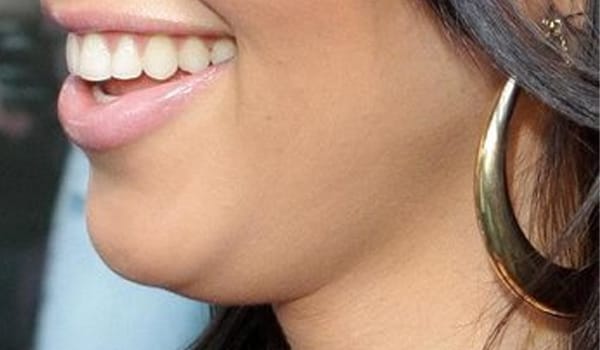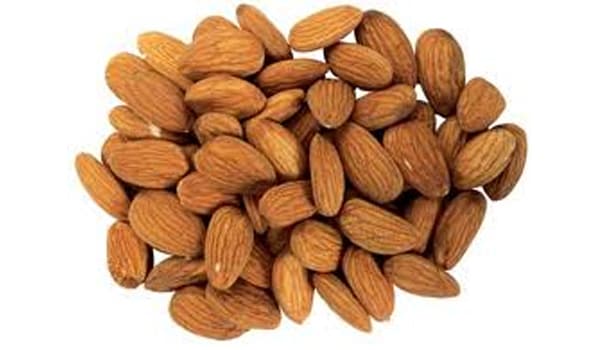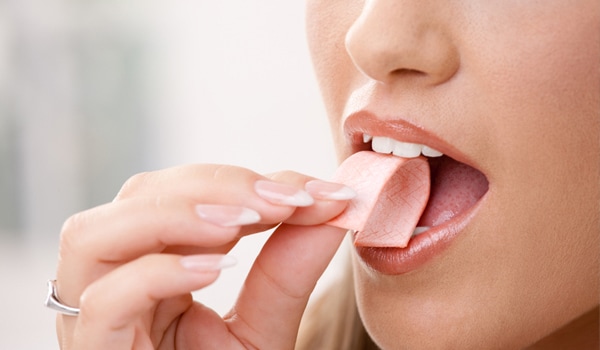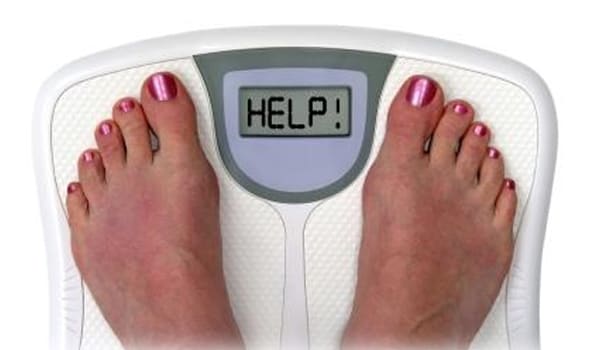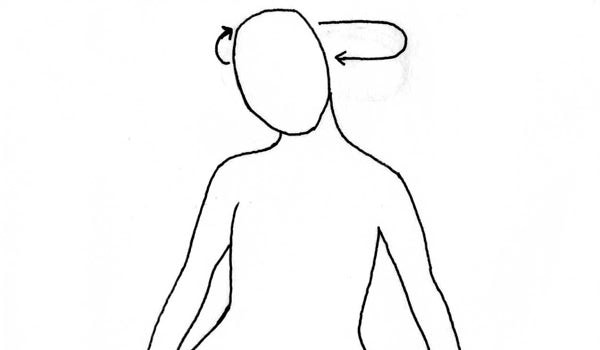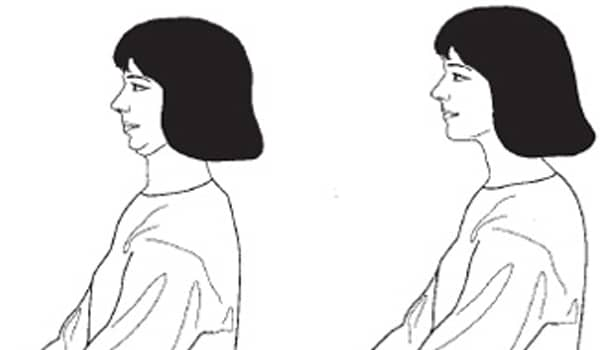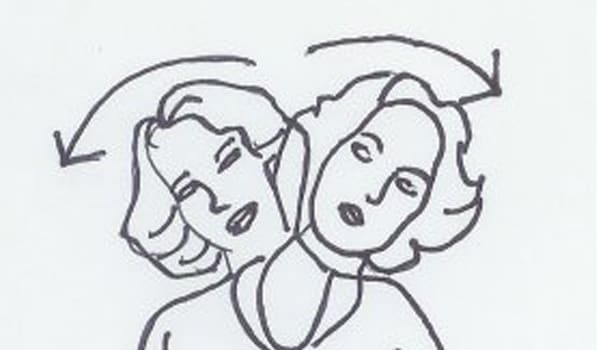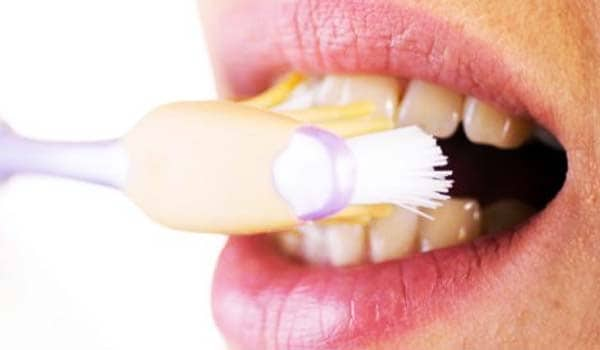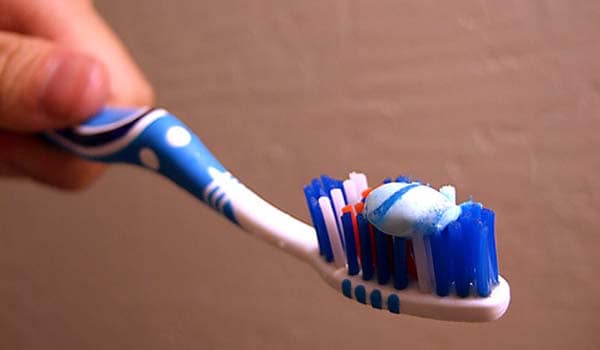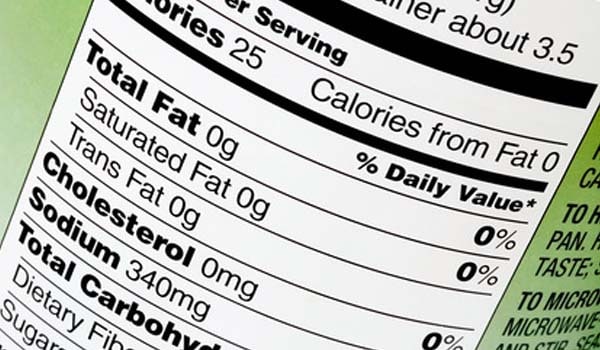
Although the back is often referred to as one whole muscle, it is actually made up of three distinctive muscles: the latissimus dorsi, rhomboids and erector spinae. The trapezius is considered a shoulder muscle, but it starts at the upper back and fans out to the sides. When targeting the upper and lower back, there are multiple exercises you can do with dumbbells.
One Arm Rows
One arm rows work your traps, rhomboids and lats. After placing a dumbbell on the floor to the right side of a weight bench, kneel on the bench with your left knee and place your right foot behind you. Place your left hand on the front of the bench for stability and bend forward until your back is slightly higher than parallel to the floor. With your back straight and abs tight, reach down and grab the dumbbell with your right hand. Keeping your arm close to your body, lift the weight up to hip height and hold for a second. Slowly lower the dumbbell, repeat for 10 to 12 reps and switch sides.
Pullovers
Pullovers work your lats and chest muscles simultaneously. Lie face-up on a bench while holding a dumbbell with both hands. Your hands should be overlapping on the handle. While keeping a slight bend in your elbows, raise the weight above your chest and lower it behind your head in an arcing motion. Once you have lowered the dumbbell as far as possible, raise it above your chest and repeat 10 to 12 times. Keep your core tight throughout.
Deadlifts
Deadlifts target your legs and erector spinae, which are your lower back muscles. Place two dumbbells on the floor slightly wider than shoulder-width apart. Stand between the dumbbells with your feet shoulder-width apart and bend your knees, hips and back to grab the weights. In a steady movement, lift the dumbbells off the floor and come to a standing position. After pausing briefly, lower the weights down and repeat for 10 to 12 reps. Keep your core tight and back straight throughout.
Stiff Leg Deadlifts
Stiff leg deadlifts place emphasis on the lower back and hamstrings. Stand with your feet shoulder-width apart while holding the dumbbells in front of your thighs with your palms facing you. While keeping your legs straight and core tight, bend forward and lower the weights toward the floor. Once you feel a strong contraction in your lower back, stand up and repeat.
Back Extension
Back extensions are lower back exercises that can be made more intense by using a dumbbell. Lie face-down on an exercise ball with your pelvis on the apex. With your feet braced against a wall, hold a dumbbell against your chest and lower your body forward. Rise up by contracting your lower back muscles. After holding for a second, lower down and repeat for 10 to 12 reps.




